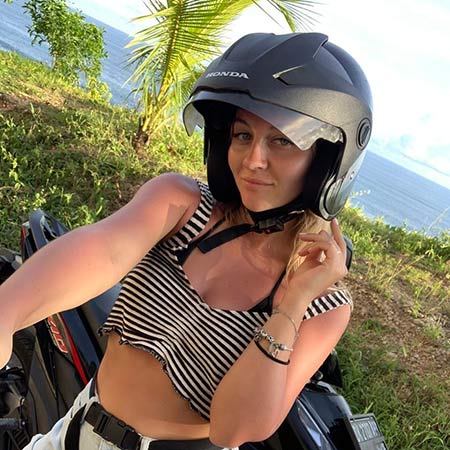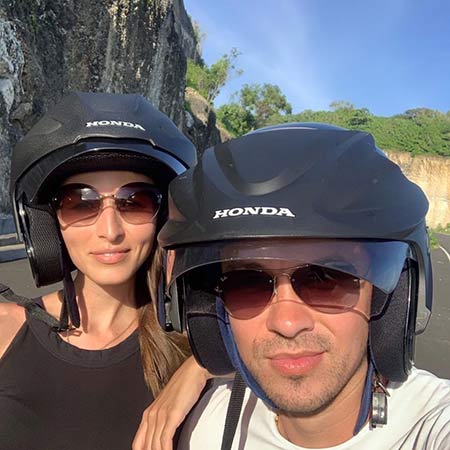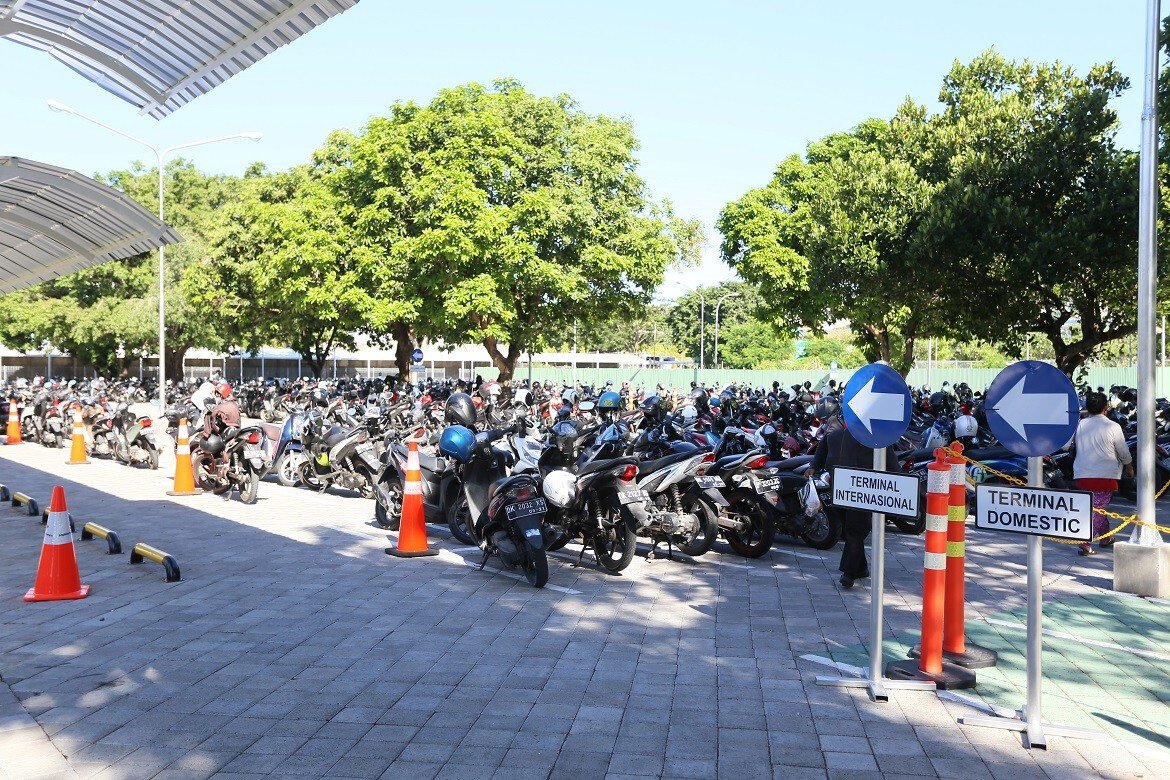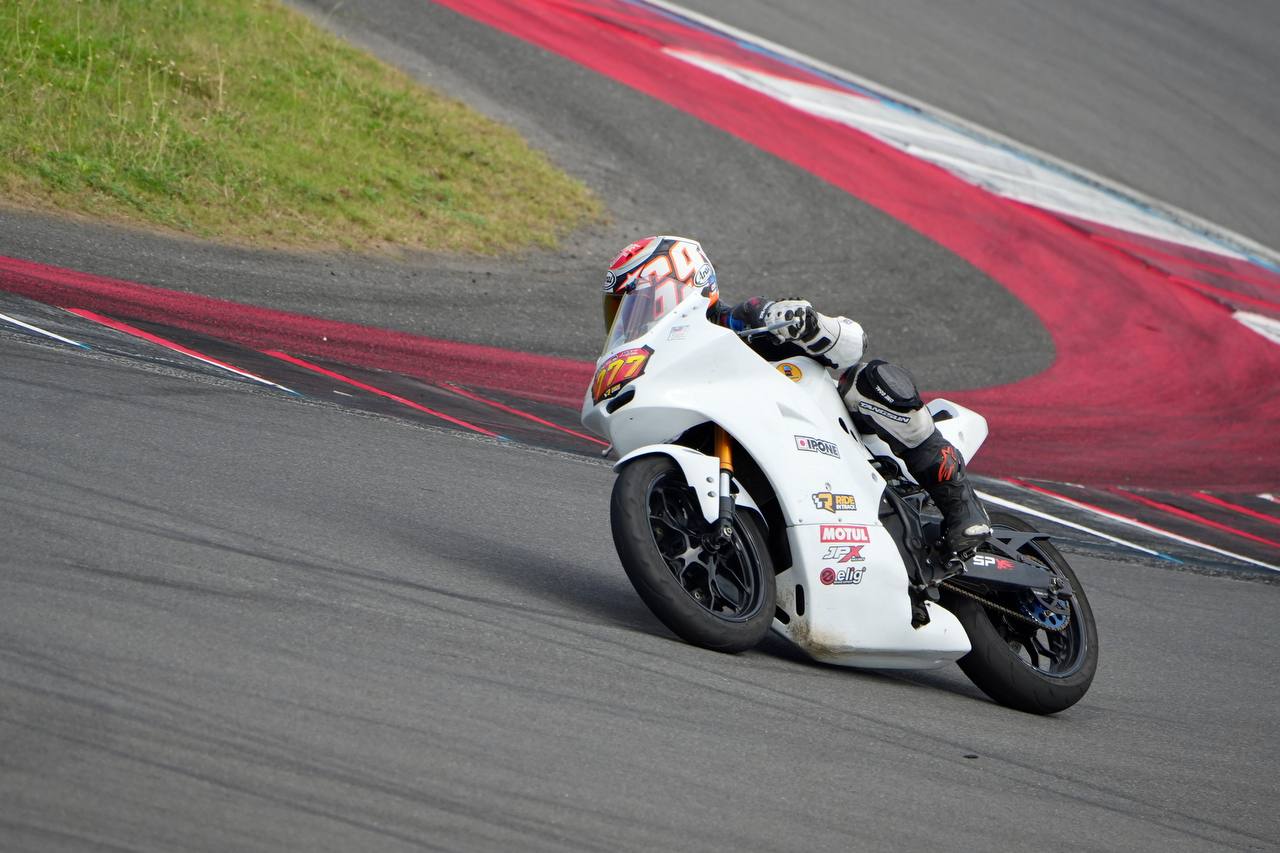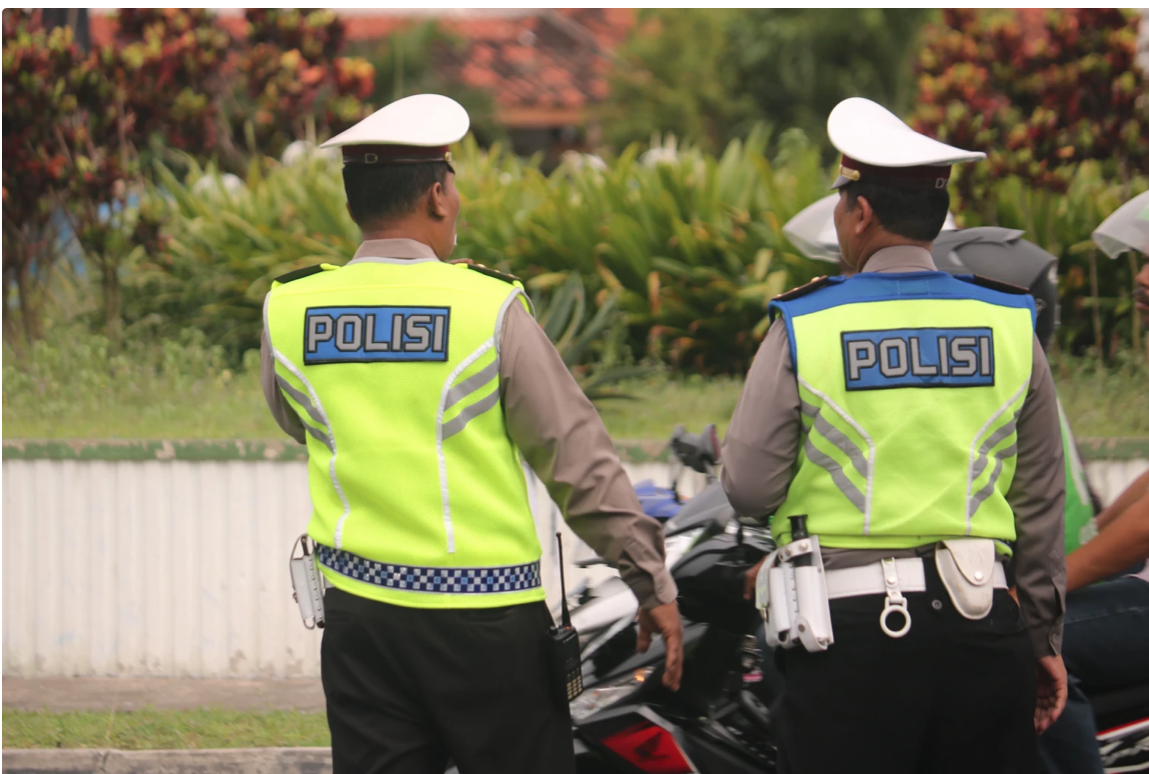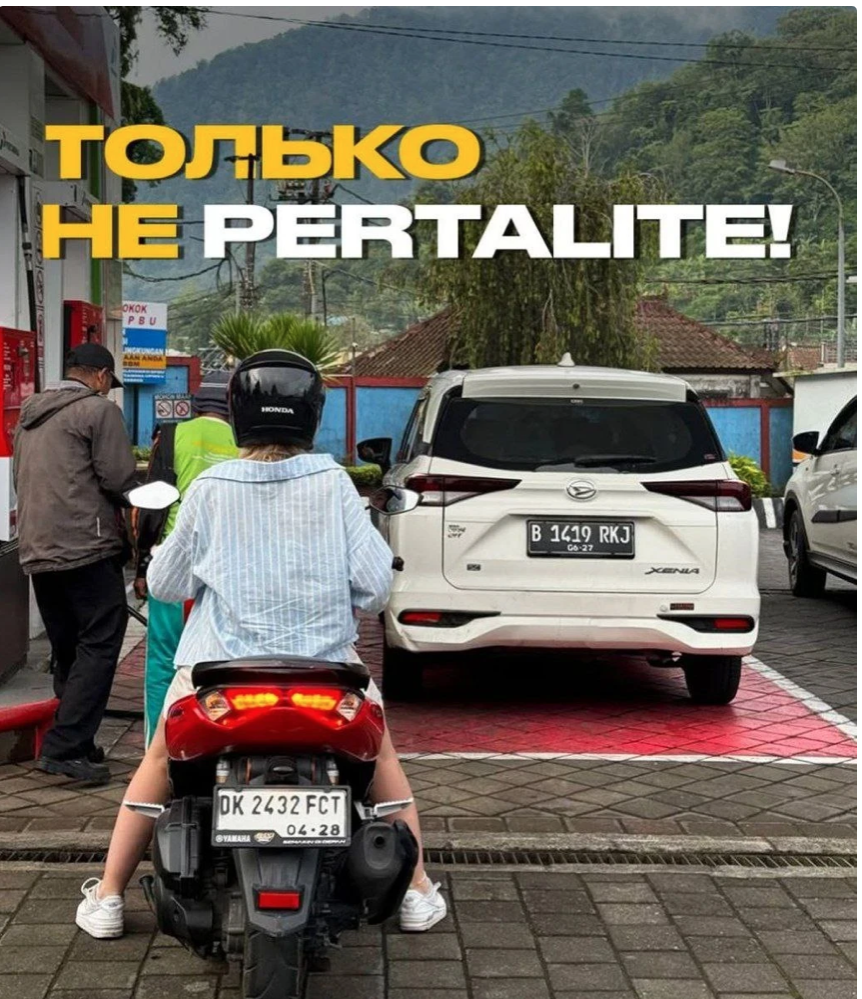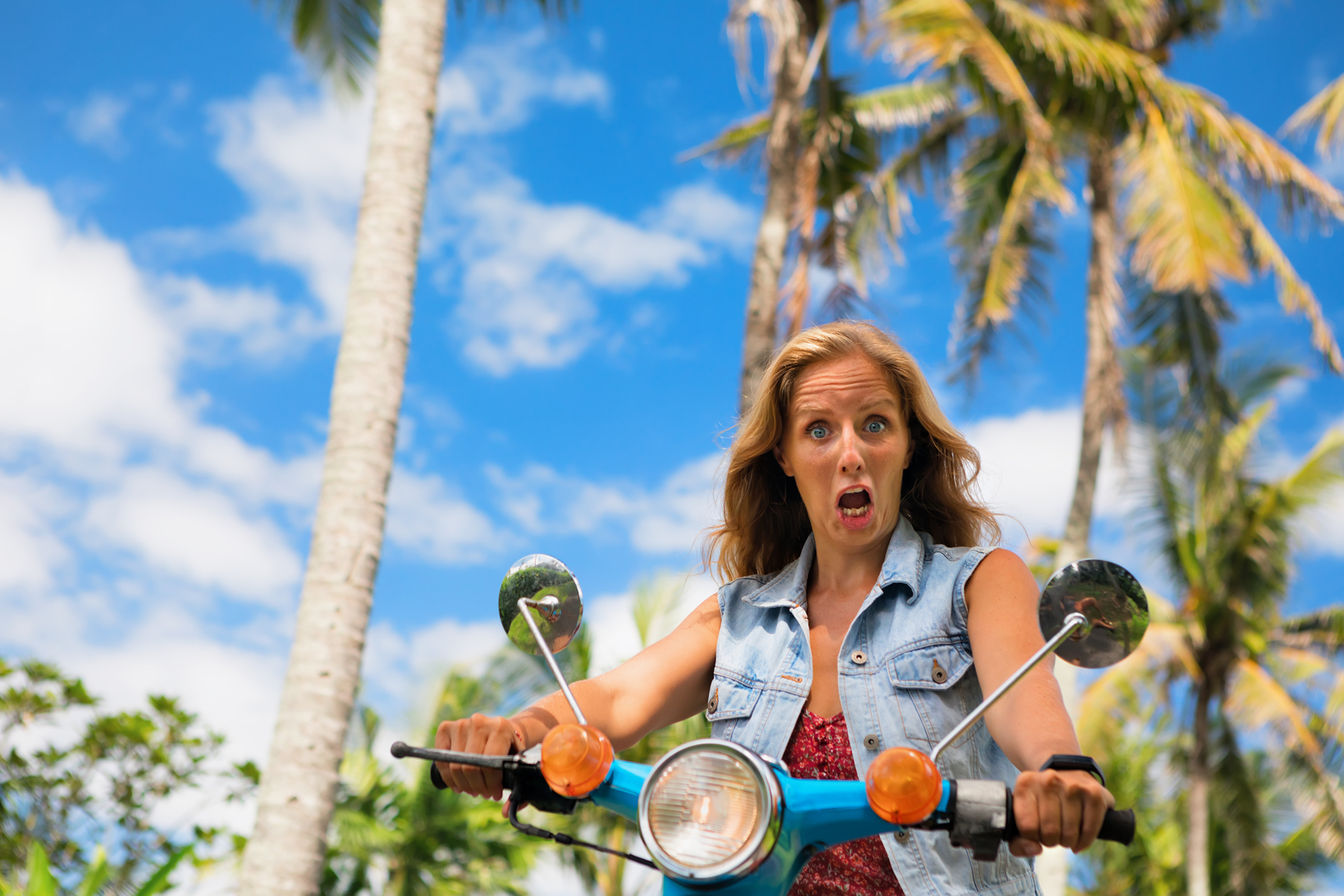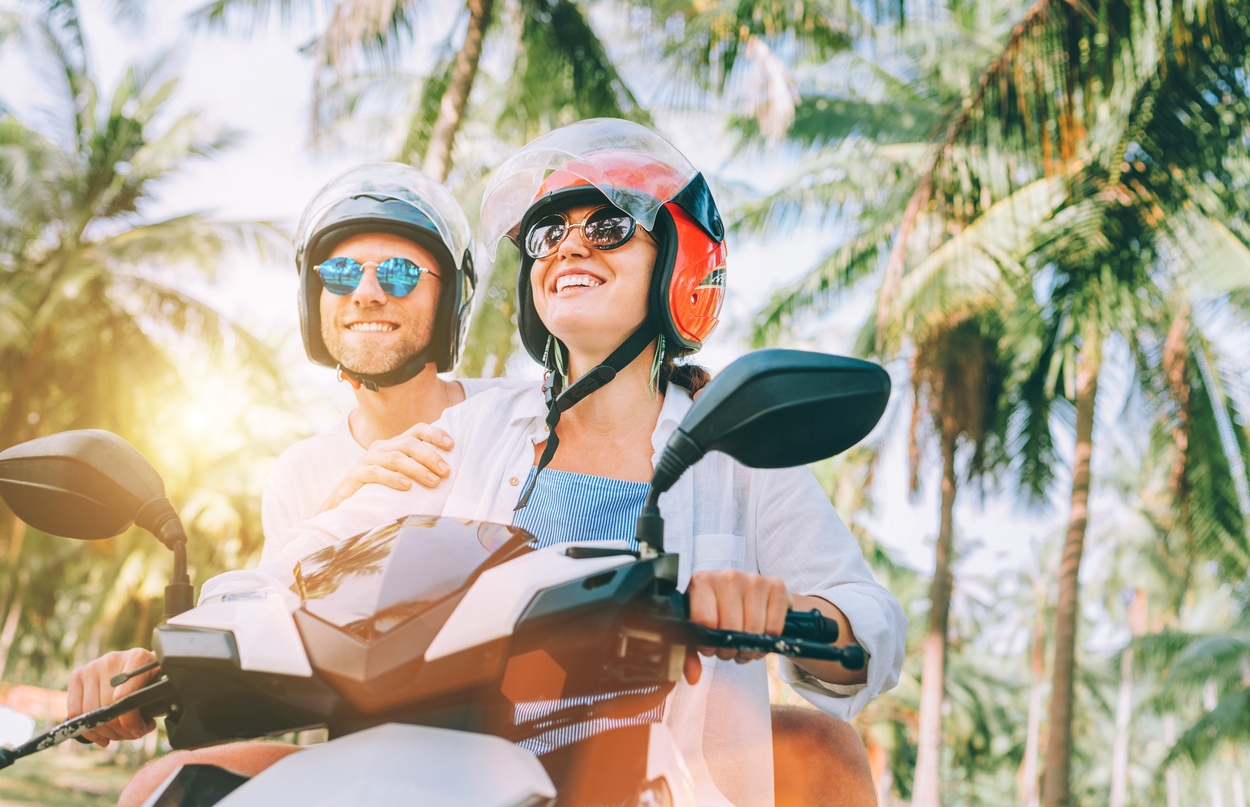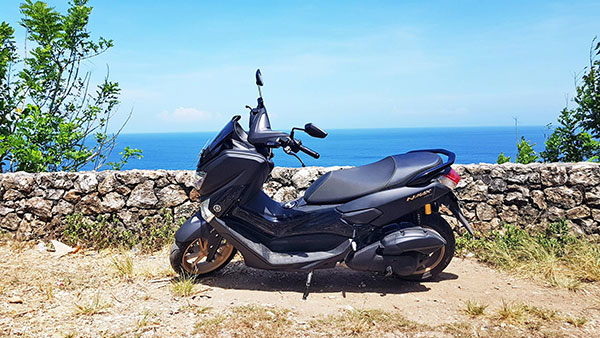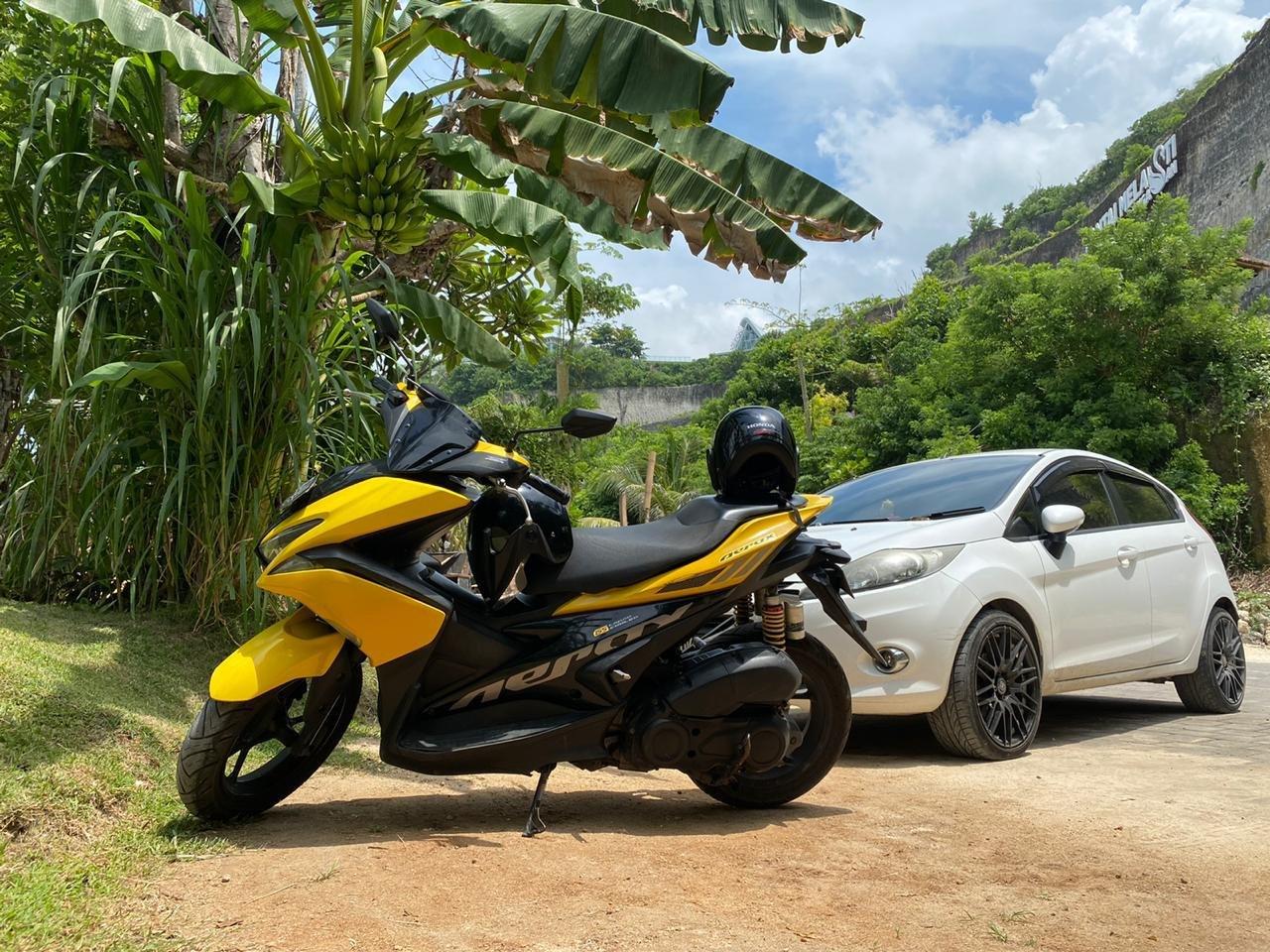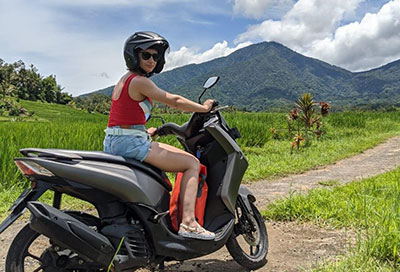13 most important tips for driving a bike in Bali safely
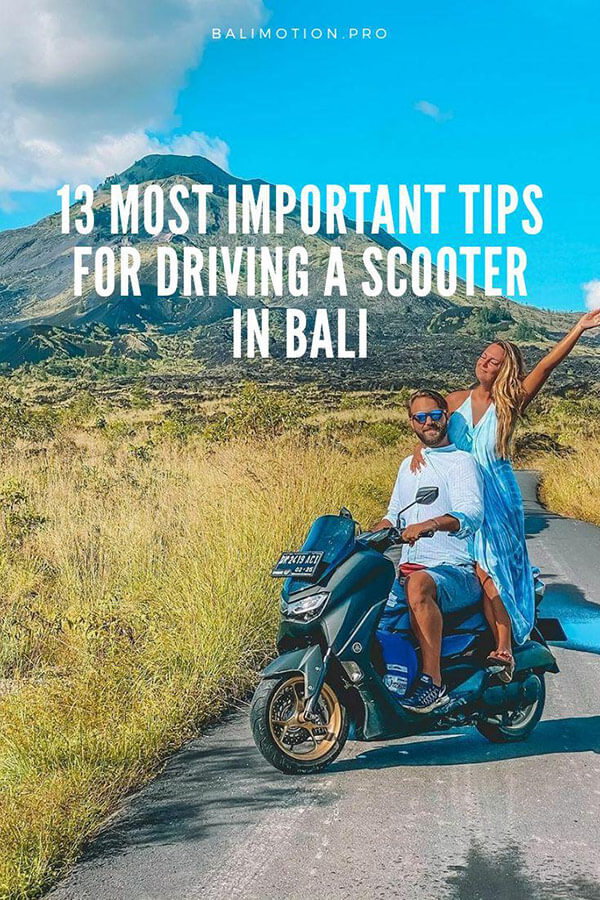
A scooter in Bali has long been an important attribute of everyday life.
Today we will give some of the most important tips so that your bike driving is safer and brings only positive emotions.
1. In Bali, left-hand traffic
If you already have driving experience in right-hand traffic countries, you must definitely “switch your brain” to driving on the left.
Be extremely focused on the road.
2. Bali traffic is mostly guided by "the code"
In Indonesia, and in Bali in particular, there are no set traffic rules that everyone would follow. The traffic here is rather "chaotic" and is guided by local "internal" rules.
Locals can suddenly turn, pull out on the road, not looking around and not letting others pass. They can suddenly make a U-turn right in front of you, simply because they need to go this way :)
That's why when you start riding in Bali, you have to forget the traffic rules you followed in other countries and try to "feel" the local traffic.
When you ride, try to "think ahead" and "feel" the other drivers on the road. This also applies to turning from side roads to the main road. Expect that someone may pull out from there out of the blue. You need to be ready for that.
Remembering that Balinese drivers follows the local "code", on road crossings and difficult junctions look into other drivers' eyes. This way it will be easier to understand their intentions and foresee whether they will let you go or not.
Lifehack: before actually beginning to ride, it's a good idea to sit in a roadside cafe and observe the traffic, trying to understand these informal rules.
You could also spend a couple of days riding as a passenger with an experienced friend.
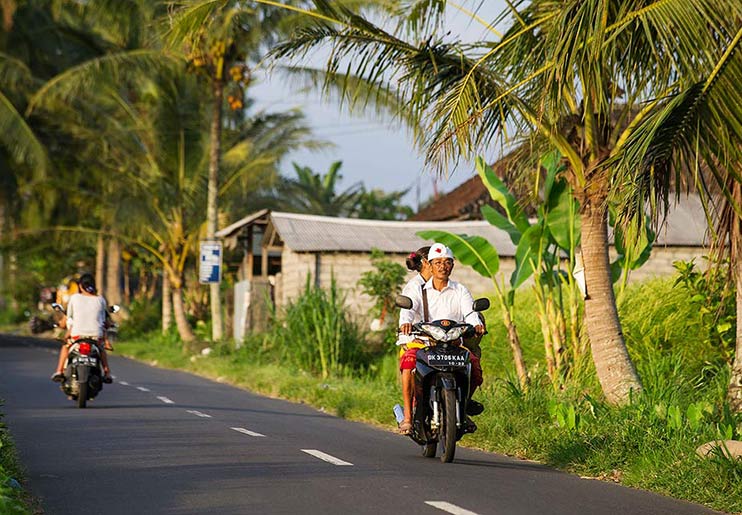
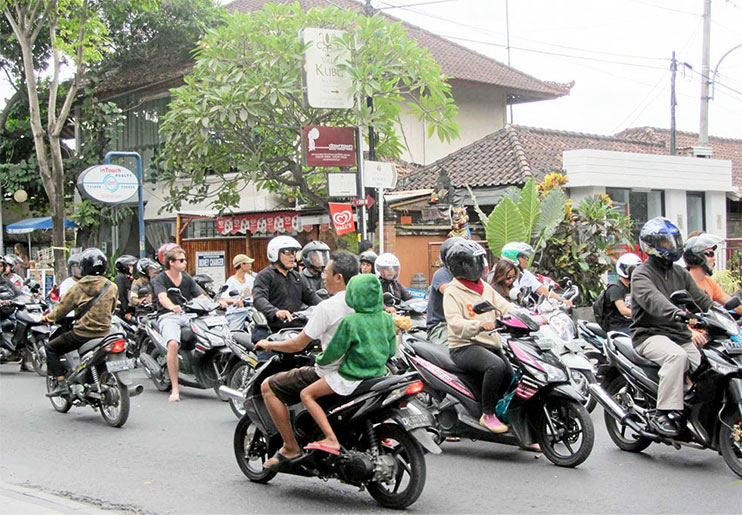
3. Fines exist
"They have no rules, but there are fines? - ask you.
Yes! The rules do exist and so do official fines, and violations can lead to punishment.
Here are the most important violations of traffic rules in Bali, for which there are fines in place:
Driving without an international driving license (for a motorbike you need an “A” category license, for a car - a “B” category);
Riding a bike without a helmet;
Having more than two people on the same bike;
Driving past the stop line at a traffic light.
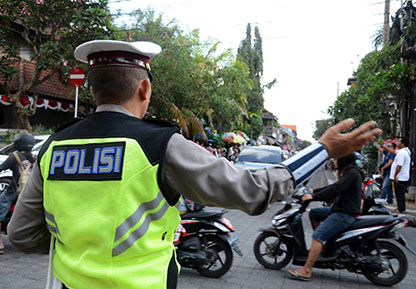
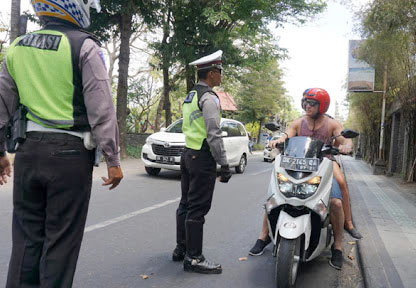
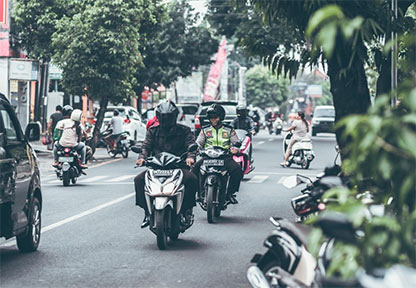
4. Local drivers using sound signals, not because you interfere
Locals are actively using sound signals. You can even say that it is very active :)
You need to listen to them. They do not mean that you are disturbing someone. As a rule, drivers give a warning signal simply to indicate maneuvers if they want to overtake, or if they are going to warn a pedestrian on the side of the road or a driver driving onto the main road.
5. Do not use phones while riding a bike.
Most frequently you ask about holders for mobile phones that fixes on a scooter. We don't lease such holders and we don't advise you to use such gadgets, because there are cases when mobile phones are just picked up. Also, you shouldn’t keep in hands your mobile phone when you ride a scooter; if you use a navigator, it’s better to wear headphones and put your mobile into the pocket (it should be the pocket from which is difficult to reach the phone).
6. Be careful in the evening and at night.
Firstly, we do not recommend girls to ride alone when it is dark outside. If you need to go, it is better to wear more closed clothes - a closed windbreaker and a long skirt or sarong. It is better to drive along the most lighted and crowded streets.
You should always keep your stuff in the trunk especially when it’s dark; don’t put the bag over your shoulder or your head; also you’d better put bag packs in the trunk.
7. If you have no motorbike experience we suggest you take motorbike riding lessons with an experienced instructor.
The first thing we suggest to those who can't ride motorbikes is to rent a car.
If you have no motorbike experience, but you, for example, can drive a car, it's better to rent a car. This will be easier and safer for you.
If nevertheless, you decided to saddle up the two-wheeled friend, we suggest you take motorbike riding lessons with an experienced instructor.
Riding a motorbike is a special skill, and riding it in Bali is an even more special skill) The instructor will teach you how to ride a motorbike, not be afraid and feel confident. He'll tell you all the riding tips and answer all the important questions. Don't try to save money and risk your health and safety.
For your first motorbike riding trips make sure you wear thick clothing (trousers, a long-sleeved top) and proper shoes (don't learn to ride in flip flops!)
Don't take any passengers before you get a good riding experience!
Another really crucial advice for everyone, regardless of whether you can or you can't ride - take out medical insurance!
8. Keep your bike “healthy”
Listen and pay attention to the work of your two-wheeled friend. Whether the wheels are pumped up, whether the brakes work well - at the slightest suspicion it is better to contact the service or your rental.
Also, try to refuel the bike only at official gas stations. Gasoline from bottles on the road is often of poor quality or diluted, and you can simply not reach the destination after such refueling.
9. Wear closed clothing if you are going on a long trip.
We strongly recommend that you use long-sleeved sweatshirts, gloves, and pants if you do not want to get burnt after several hours of driving a bike.
Yes, the sun is insidious and traveling around the island can be easily sunburned if you do not follow the minimum precautions. In addition, if you ride a bike for a long time in sunny weather in shorts and a T-shirt, you will get a “worker-peasant tan,” which will then have to be leveled for a long time.
10. Do not drive on unfamiliar roads at night
Or in conditions of poor visibility, for example, in the rain. At night on an unfamiliar road, you can miss an important sign of a sharp turn, a hole or a bunch of gravel. Not all roads in Bali are well repaired. It sometimes happens that puddles flooded with water mask well serious potholes. But for a bike, they can become a nuisance.
11. Keep a minimum first aid kit in the boot
Carry a minimal first aid kit (hydrogen peroxide / rivanol, bandage, adhesive tape, antiseptic powder nebacetin / baneocin) and a printed insurance policy in the trunk.
12. Be careful at the parking.
Always fasten your helmet on a special hook in the trunk when you leave the scooter at the parking.
Don’t leave your helmets just lying on the scooter even on the paid secure parking.
Don’t forget also to grab all your bags and stuff from the trunk, when you leave the scooter on the parking.
13. Always use a helmet!
This is perhaps one of the most important and simple rules: even if you are driving to the nearest store or beach, always wear a helmet!
Be sure to fasten it.
Believe me, this little habit sometimes really saves lives.
